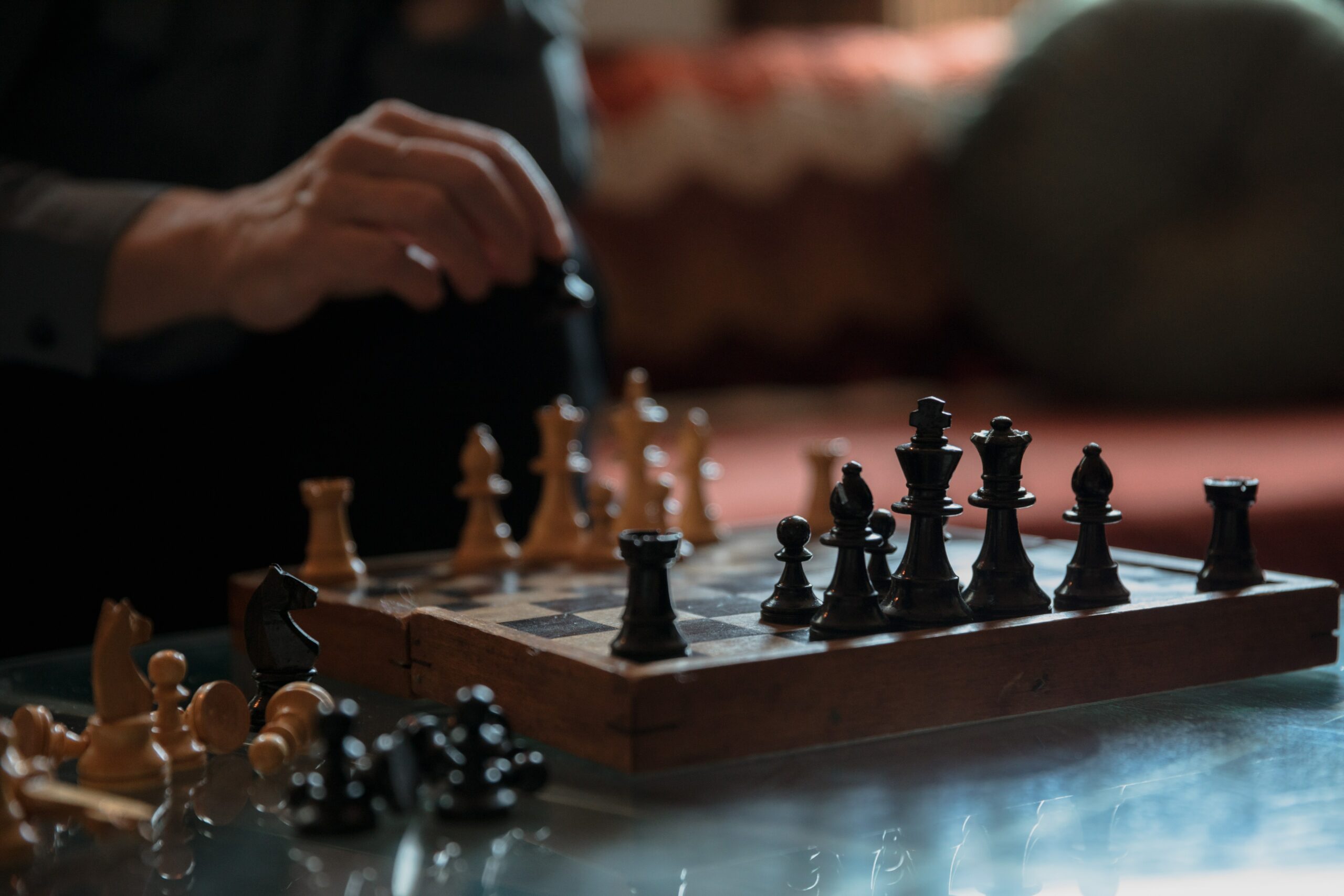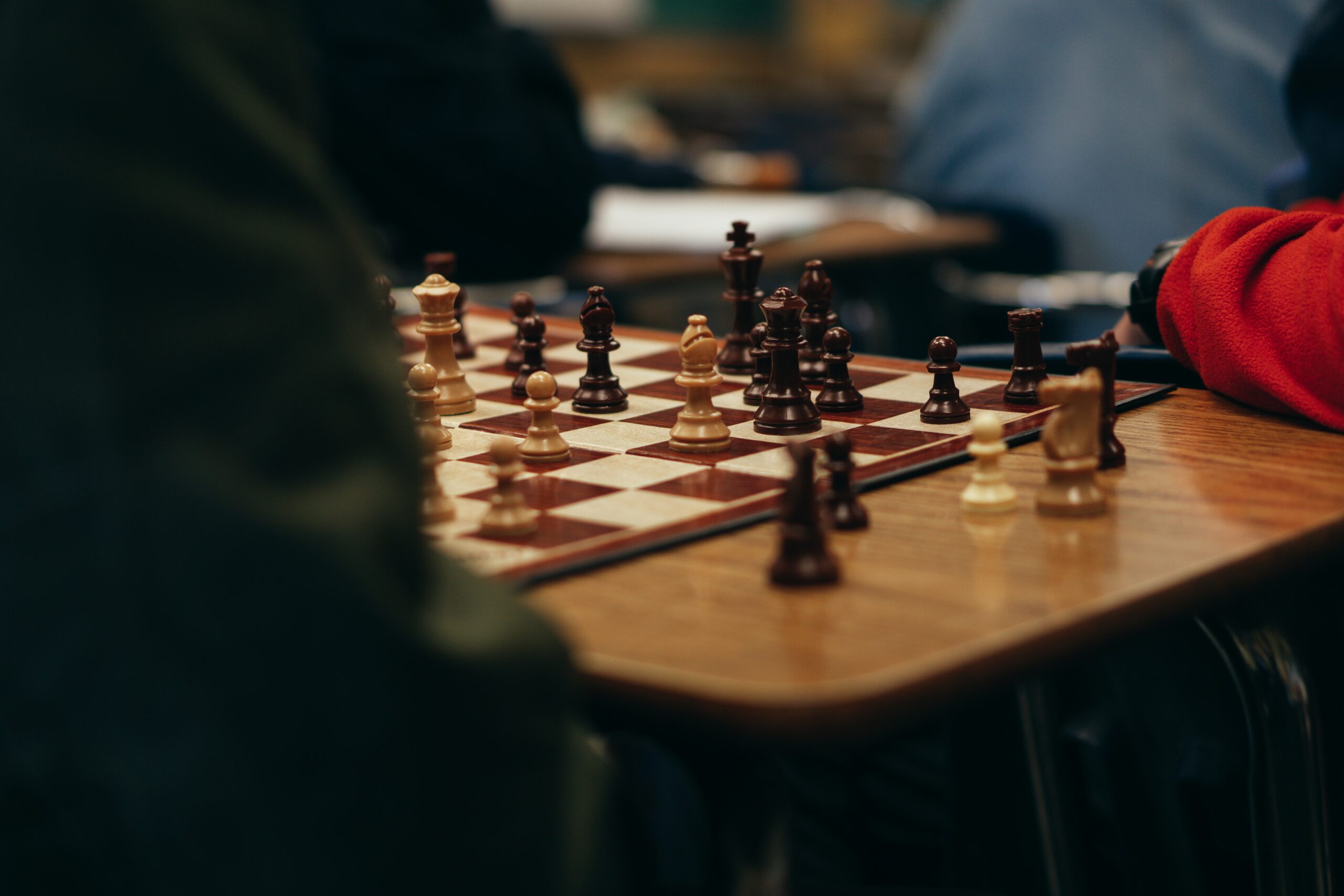Chess is a captivating game that has been played for centuries, testing the strategic prowess and intellectual agility of players. Whether you are a beginner seeking to understand the fundamental principles or an experienced player aiming to enhance your skills, this comprehensive guide will provide you with valuable insights and strategies to conquer the chessboard.
From developing a strong opening repertoire to effectively planning midgame maneuvers and creating powerful combinations, we will explore the key strategies that can lead you to victory. So, prepare to dive into the exciting world of chess and unlock your true potential!
What are the fundamental principles of chess?
To succeed in chess, it is crucial to grasp the fundamental principles that underpin the game. These principles serve as guiding lights to navigate the complexities of the chessboard. The most essential principle is controlling the center of the board.
Occupying the central squares with your pieces gain better mobility, influence over the game, and the ability to launch attacks from a strong position. Another principle is piece development. Efficiently developing your pieces, especially knights and bishops, allows for greater coordination, increased control, and a solid foundation for future maneuvers.
Additionally, king safety must never be overlooked. Safeguarding your king with proper castling and keeping it sheltered from threats ensures stability and longevity in the game.
How can you develop a strong opening repertoire?

The opening phase of a chess game sets the stage for subsequent moves and greatly impacts the overall outcome. Developing a strong opening repertoire is essential for gaining an advantage right from the start.
Studying various chess opening systems, such as the King’s Gambit, Sicilian Defense, or Queen’s Gambit, can provide you with a repertoire suited to your style of play. Familiarizing yourself with the common opening moves, typical plans, and key variations can confidently navigate the early stages of the game.
Moreover, analyzing master games and understanding the underlying concepts behind different openings will enhance your overall strategic understanding.
Which tactics should you master to gain a strategic advantage?
Tactics play a crucial role in chess, enabling you to exploit weaknesses and create opportunities for victory. One important tactical concept is the fork, where a single piece attacks two or more enemy pieces simultaneously, forcing your opponent into a difficult decision.
Another powerful tactic is the pin, where a valuable piece is immobilized due to the risk of exposing a more valuable piece behind it. Skillfully utilizing discovered attacks, skewers, and deflections can further disrupt your opponent’s plans and lead to favorable outcomes.
What are the key strategies for controlling the center of the board?
Controlling the center is a fundamental principle that greatly influences the dynamics of a chess game. Several key strategies can help you establish dominance in this crucial area. Firstly, occupy the central squares with your pawns and pieces to maximize their influence and mobility.
Secondly, aim to control the central files with your rooks, granting them open lines to penetrate the enemy territory. Additionally, using pawn breaks like e4 or d4 at the appropriate moment can disrupt your opponent’s pawn structure and open up avenues for your pieces.
Lastly, be mindful of potential piece exchanges, ensuring you maintain a strong presence in the center throughout the game.
How can you effectively plan your midgame maneuvers?
The midgame is a phase where plans take shape, pieces are repositioned, and positional advantages are sought. Effective midgame planning requires careful evaluation of the position and the development of a coherent strategy.
One key aspect is piece development, ensuring all your pieces are actively engaged in the battle. Additionally, paying attention to King’s safety by consolidating its position and considering potential threats is vital.
Centralization is the act of positioning your pieces in the center. Creating outposts establishes strong, well-defended squares for your pieces. Implementing prophylaxis, anticipating and preventing your opponent’s plans.
| Midgame Maneuvers | Description | Benefits |
|---|---|---|
| Piece Development | Focus on getting your pieces to active squares | Improved piece coordination and flexibility |
| King Safety | Ensure your king is well-protected | Reduced vulnerability to attacks and checkmate threats |
| Centralization | Position your pieces in the center of the board | Enhanced control over the game and increased tactical possibilities |
| Creating Outposts | Establish strong, well-defended squares for your pieces | Improved piece activity and control of key areas |
| Prophylaxis | Anticipate and prevent your opponent’s plans | Reduced opponent’s counterplay and increased strategic advantage |
What are the best ways to launch a successful attack on the opponent’s king?
Mounting a successful attack on the opponent’s king is a thrilling moment in chess, often leading to decisive victories. The best ways to launch such an attack involve careful preparation, coordination, and exploiting weaknesses.
Firstly, identify any weak squares around the enemy king and target them with your pieces. Secondly, mobilize your forces by coordinating their efforts toward the vulnerable areas. This can be achieved by aligning your rooks, using your queen’s power, and involving minor pieces in the attack.
Simultaneously, keeping your opponent’s pieces at bay with well-placed defensive moves can limit their counterplay options. Lastly, seizing the initiative through aggressive pawn advances or tactical sacrifices can create chaos and force your opponent into defensive positions, paving the way for a successful king hunt.
How can you create powerful combinations to outsmart your opponent?
Combinations, also known as tactical combinations or tactical motifs, are sequences of moves that exploit specific tactical ideas to achieve a favorable outcome. Creating powerful combinations requires a keen eye for tactical opportunities and a deep understanding of various motifs.
Some common motifs include forks, pins, skewers, discovered attacks, and sacrifices. To spot combinations, carefully analyze the position, identify any weaknesses, and evaluate potential tactical strikes.
What are the critical techniques for exploiting positional weaknesses?

Positional weaknesses in your opponent’s position can provide avenues for exploitation and gaining a long-term advantage. Recognizing and capitalizing on such weaknesses requires a solid understanding of positional concepts.
One critical technique is exploiting pawn weaknesses, such as isolated pawns or backward pawns, by targeting and blockading them. Another technique involves launching attacks on weak squares or exploiting holes in the opponent’s pawn structure.
Utilizing the principle of piece activity, where your pieces are more actively placed than your opponent’s, can create pressure and restrict their options. Finally, maneuvering your pieces to occupy the open files and diagonals can amplify their power and generate significant threats.
How can you avoid falling into common tactical traps?
Tactical traps are deceptive sequences of moves designed to lure unwary opponents into committing mistakes. Falling into these traps can quickly turn the tide of the game against you. To avoid such pitfalls, it is essential to be aware of common tactical motifs and potential dangers.
One way to minimize the risk is by thoroughly analyzing the consequences of each move and identifying any potential threats or tactical vulnerabilities. Additionally, being cautious of piece and king safety, maintaining a solid defensive posture, and carefully considering your opponent’s intentions can help you steer clear of tactical traps.
What are the strategies for maintaining a strong defensive position?
A strong defensive position is crucial for weathering attacks and preserving your chances in the game. Several strategies can help you maintain a solid defense.
Firstly, maintaining king safety by keeping your king sheltered and well-protected is paramount. Secondly, establishing a strong pawn structure can create a solid foundation and limit your opponent’s breakthrough possibilities.
Additionally, fortifying critical squares, especially around your king, can make it difficult for your opponent to launch successful attacks. Another defensive strategy is proactive defense, where you aim to counter-attack and disrupt your opponent’s plans while defending your position.
How can you use pawn structure to your advantage?
Pawn structure, the arrangement of pawns on the chessboard, is a critical aspect that influences the overall strategic nature of the game. Understanding how to leverage pawn structures to your advantage can lead to long-term positional advantages.
Analyzing pawn breaks, such as e4 or d4, and evaluating their consequences can help you open up the position or create weaknesses in your opponent’s structure. Recognizing the strengths and weaknesses of pawn chains or isolated pawns can guide your piece placements and determine potential targets.
Furthermore, grasping the concepts of pawn majority and minority can aid in strategic decision-making, especially in endgames. By harnessing the power of pawn structures, you can shape the game to suit your strategic goals and gain a significant edge.
What are the best practices for managing your time in chess?
Time management is a crucial aspect of chess, as the clock adds an additional layer of pressure to the game. Effective time management involves finding the right balance between making quality moves and utilizing your allotted time wisely. One best practice is to allocate more time during critical junctures, such as complex tactical positions or pivotal moments in the game.
Utilizing time wisely includes considering candidate moves, calculating variations, and analyzing potential consequences. Additionally, avoiding unnecessary time-consuming calculations for straightforward moves can help you save precious seconds.
How can you analyze your games to identify areas for improvement?
Analyzing your games is a valuable practice that allows you to reflect on your performance, identify strengths and weaknesses, and uncover areas for improvement. One approach is to critically review each move and evaluate the reasoning behind your decisions.
Look for any missed opportunities, tactical oversights, or positional misjudgments. Use computer chess engines to assist in the analysis and provide objective evaluations. Pay attention to key moments, critical positions, and the thought processes behind your moves.
Furthermore, seeking feedback from stronger players or engaging in post-game discussions can provide valuable insights and alternative perspectives.
What are the psychological aspects of winning in chess?
The psychological aspects of winning in chess play a significant role in a player’s success on the board. Understanding and harnessing these aspects can give players a competitive edge and contribute to their overall performance.
Here are some key psychological elements to consider:
-
Confidence: Maintaining confidence in one’s abilities and having a belief in strategic decisions can positively impact performance.
-
Resilience: Developing resilience and staying focused, even in challenging positions, can help players make objective decisions and bounce back from setbacks.
-
Emotional control: Managing emotions, such as frustration or impatience, is crucial for making rational moves and avoiding impulsive errors.
-
Psychological traps: Being aware of psychological traps like overconfidence or underestimating opponents can prevent complacency and foster a more strategic approach.
-
Mind games: Recognizing and capitalizing on opponents’ emotional states or psychological vulnerabilities can be used strategically to gain an advantage.
-
Visualization: Visualizing success and maintaining a positive mindset can contribute to enhanced performance and determination to win.
How can you develop a winning mindset to enhance your performance?

A winning mindset is a powerful tool that can enhance your performance and fuel your progress in chess. Cultivating a winning mindset involves several key elements.
Firstly, maintaining a growth mindset, where you embrace challenges, learn from losses, and persistently seek improvement, is essential. Secondly, setting clear goals and breaking them down into actionable steps can provide a sense of direction and motivation.
Developing a positive attitude towards setbacks, seeing them as learning opportunities, and reframing them as stepping stones toward success can foster resilience. Moreover, engaging in regular practice, studying annotated games, and seeking feedback from stronger players can contribute to your development.
Wrapping Up
Mastering the game of chess requires a deep understanding of fundamental principles, strategic planning, tactical acumen, and psychological awareness. By comprehending the importance of controlling the center, developing a strong opening repertoire, and mastering tactical motifs, you can gain a competitive edge.
Effective midgame maneuvers, launching successful attacks, exploiting positional weaknesses, and utilizing pawn structures further enhance your chances of victory. Additionally, managing time, analyzing games for improvement, and cultivating a winning mindset contribute to your overall growth as a chess player.
So, embark on this exciting journey, absorb the knowledge shared, and let the chessboard become your domain of triumph.




